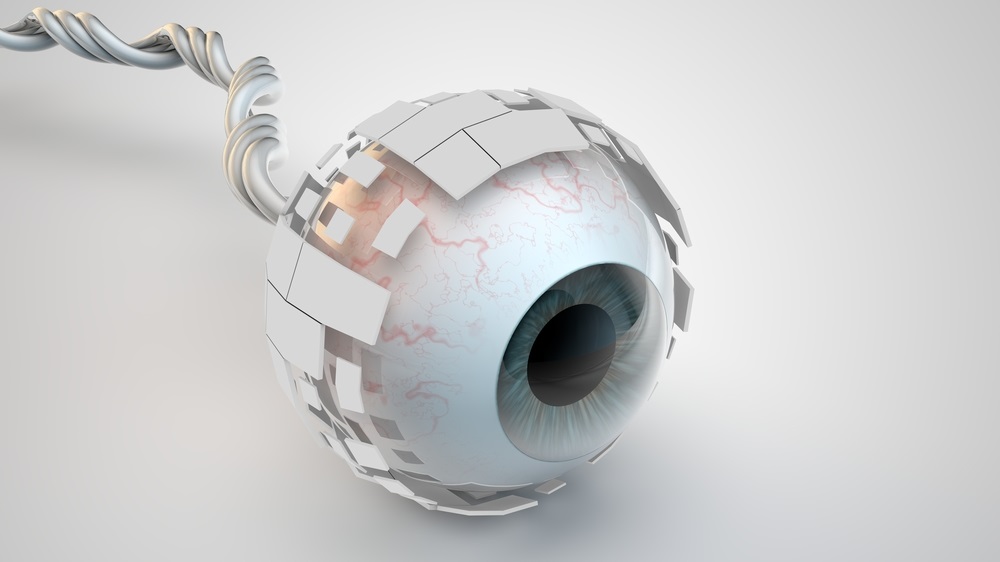The CSIRO has flicked the switch on its new supercomputing, which will greatly assist its capability in deep learning, including with the development of bionic vision.
CSIRO selected Dell EMC to build the large-scale scientific computing system following a competitive tender process late last year with a budget of $4 million. The new system was installed across five days in May and June this year, and was turned on at the start of July.
The Bracewell system will provide the CSIRO with nearly double the computational power to assist in areas including virtual screening for therapeutic treatments, traffic and logistics optimisation and machine learning.
“This is a critical enabler for CSIRO science, engineering and innovation,” said CSIRO deputy chief information officer, Angus Macoustra.
“The power of this new system is that it allows our researchers to tackle challenging workloads and ultimately enable CSIRO research to solve real-world issues. The system will nearly double the aggregate computational power available to CSIRO researchers, and will help transform the way we do scientific research and development.”
The system is named after Australian astronomer and engineer Ronald N Bracewell, who worked in the CSIRO Radiophysics Laboratory during World War II and contributed to fundamental advancements in medical imaging.
One of the first teams to utilise the new supercomputer will be Data61’s Computer Vision group, which is working to develop the software for a bionic vision solution. The team is working on an implant at the back of the eye that stimulates nerve cells in the retina with electrical signals gathered from smart glasses.
This process creates neurological information about what the person is seeing, theoretically restoring a person’s vision.
The Bracewell system will enable the team to scale this software so it can tackle new and advanced challenges, allowing it to deliver a “more robust” visual experience for users, according to Computer Vision group lead associate professor, Nick Barnes.
“When we conducted our first human trial, participants had to be fully supervised and were mostly limited to the laboratory, but for our next trial we’re aiming to get participants out of the lab and into the real world, controlling the whole system themselves,” Barnes said.
The team will now be able to use larger data sets in order to train the software to recognise and process more images.
“To make this a reality, we need to build vision processing systems that show accurate visualisations of the world in a broad variety of scenarios,” Barnes said.
“These will enable people to visualise the world through their bionic vision in a way that enables them to safely and effectively interact in challenging visual environments.
“We’ll be able to take our computer vision research to the next level, solving problems through leveraging large scale image data that most labs around the world aren't able to.”
The system includes 114 x PowerEdge C4130, 29TB RAM, 13 x 100Gbps 36p EDR InfiniBand switch fabric and Bright Cluster Manager Software 8.0.
The new computer has the potential to solve many other real world problems, Dell EMC ANZ senior vice president Angela Fox said.
“CSIRO’s research will change the way we live and work in the future for the better,” Fox said.
“We’re proud to play a part in evolving that work, and look forward to enabling scientific progress for years to come.”










